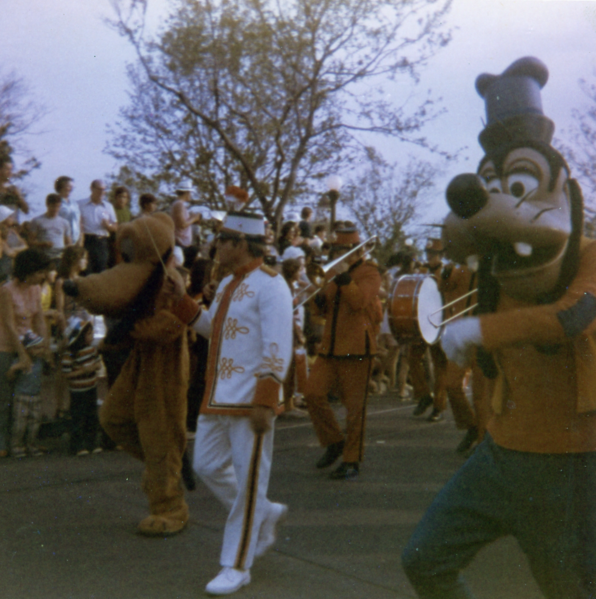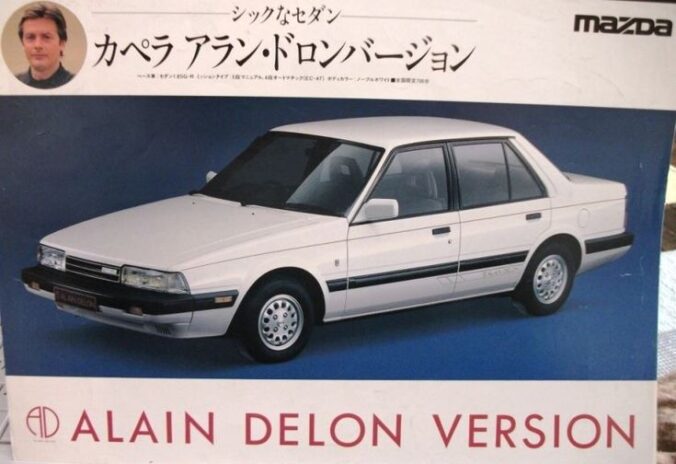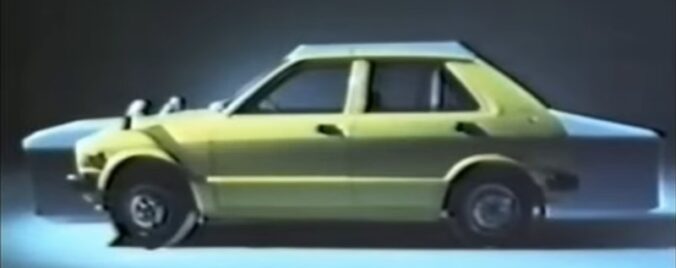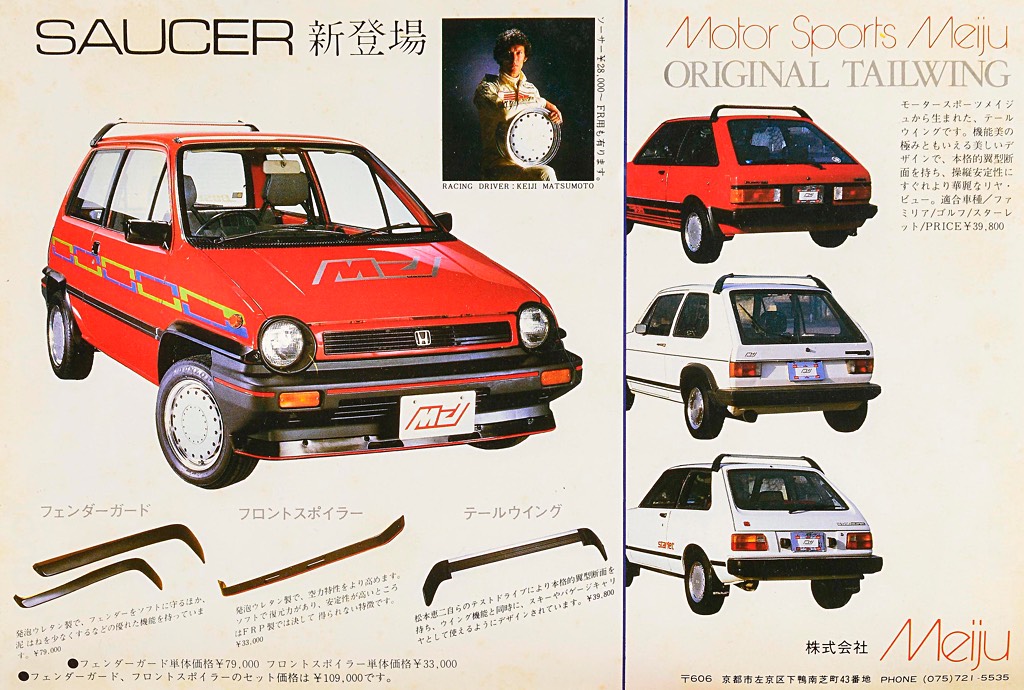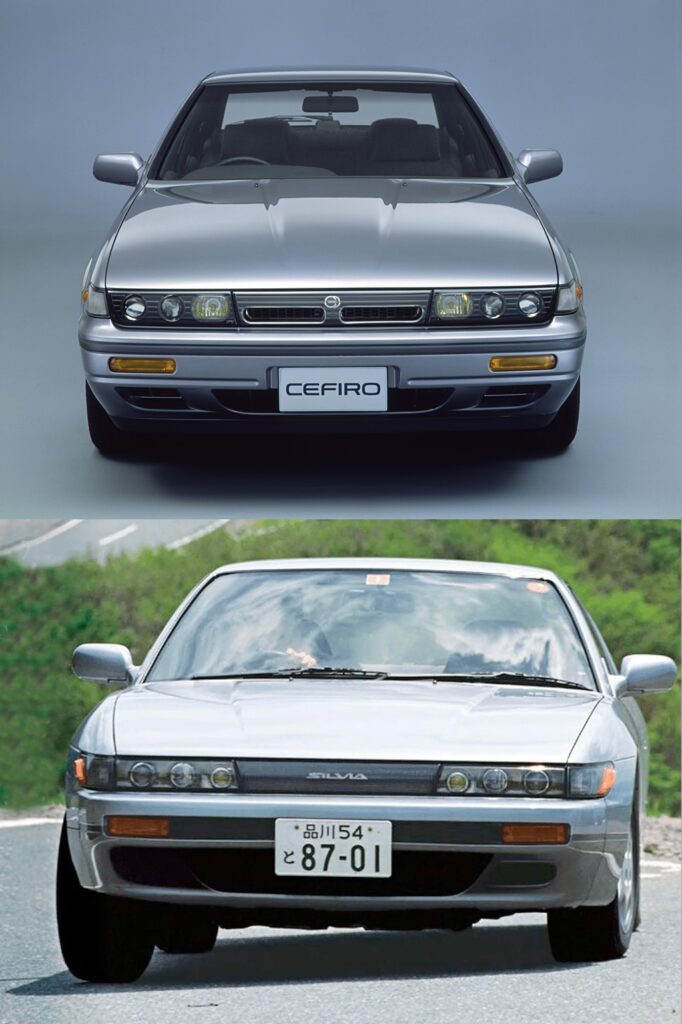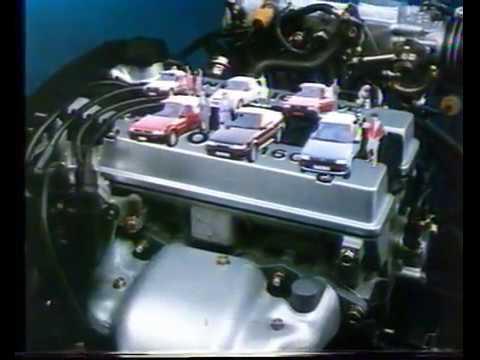When I watched a compilation of 1998 Mitsubishi Mirage Dingo ads I thought it was quite strange. It wasn’t just the fact that the styling got bland after the facelift, but also the choice for the Dingo name. If you are unfamiliar with the dingo, a dingo is an Australian dog. So what’s so strange about naming a family car a Dingo then? Let me explain!
Why you shouldn’t use Dingo as a name
Goofy
First of all, there is a very famous dingo we all know and love. His name is Goofy and he’s Mickey’s best friend. The issue with Goofy is…well, he’s goofy! He’s not the brightest, he’s clumsy and he often messes up things. So naming your car a dingo might be a bit clumsy.
